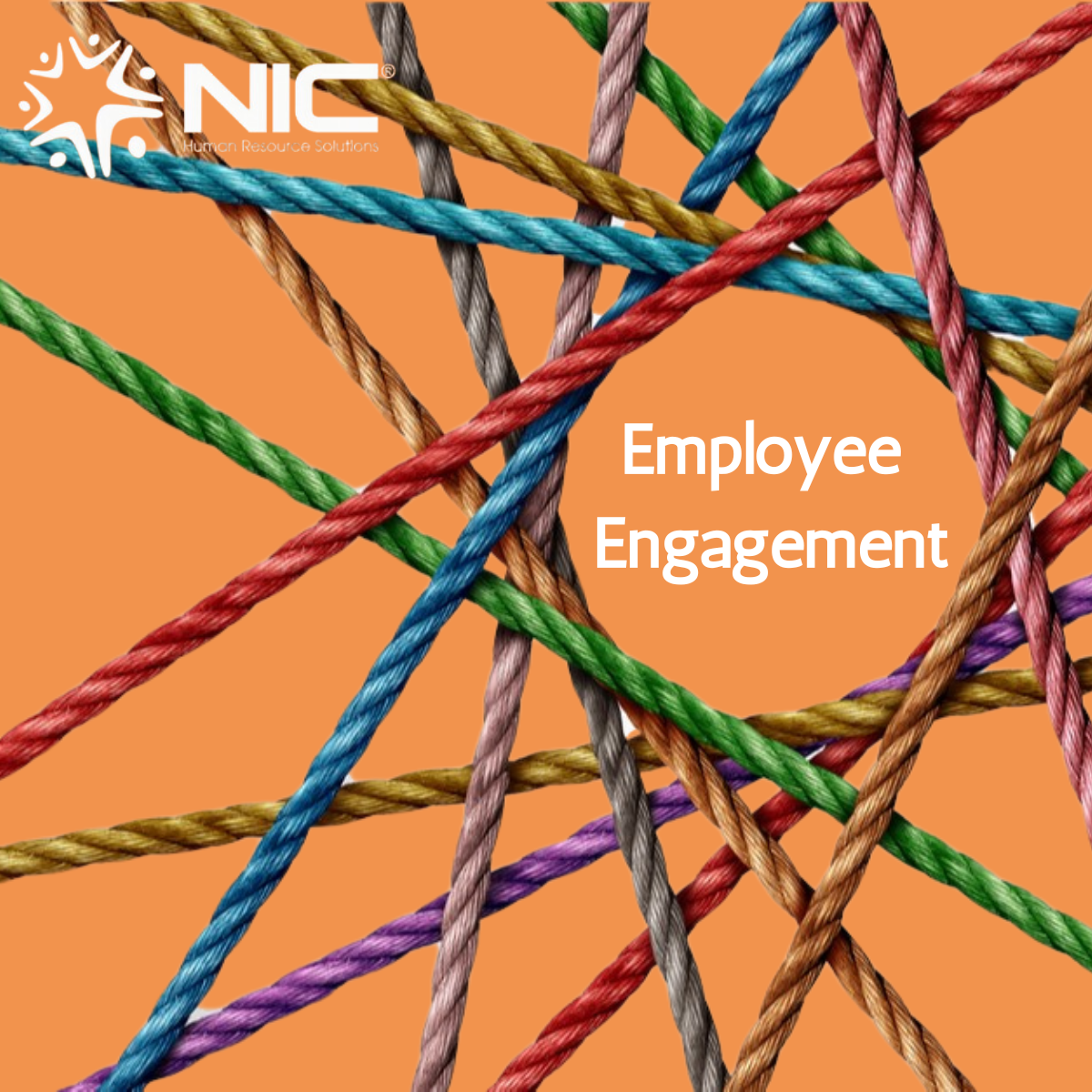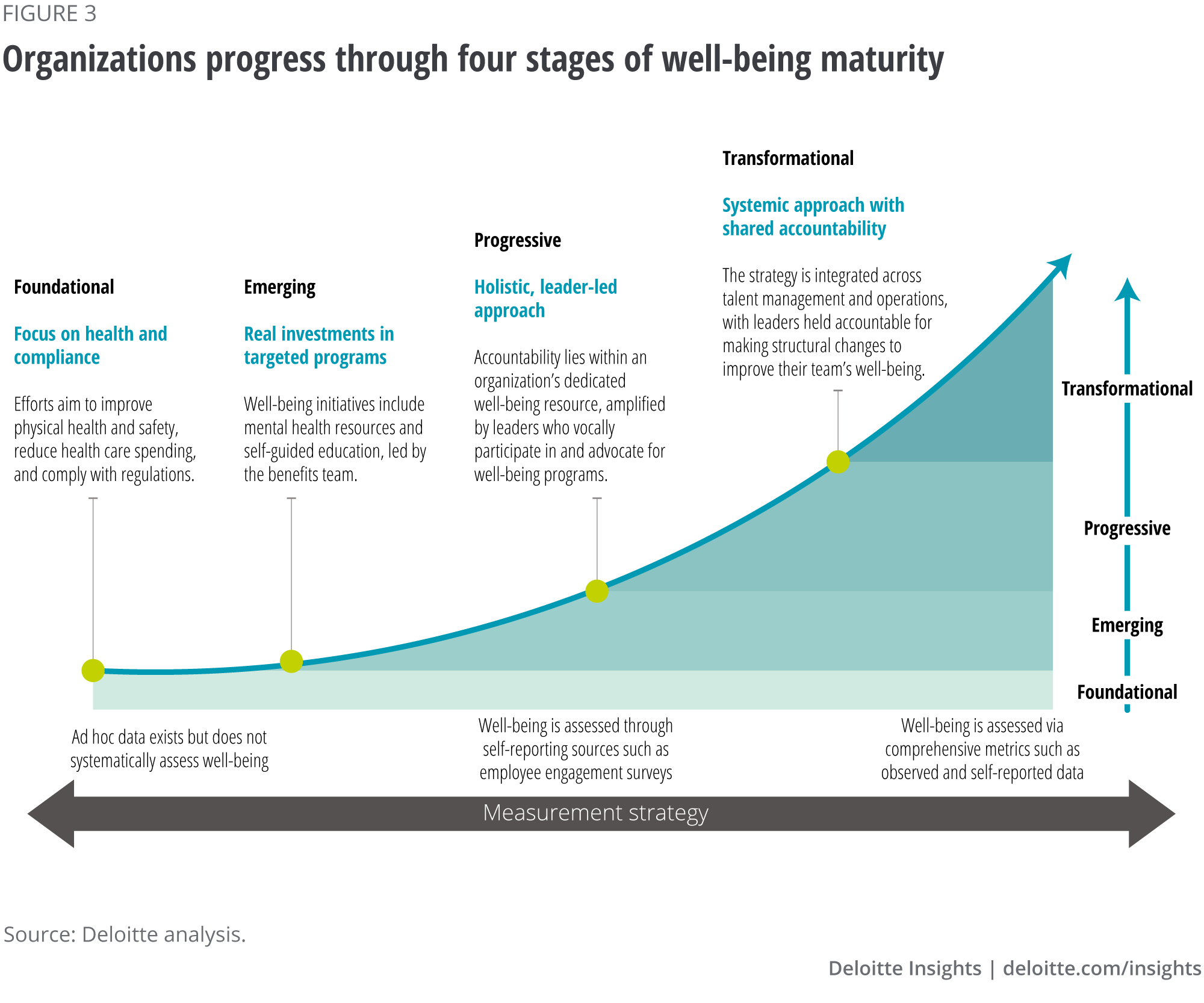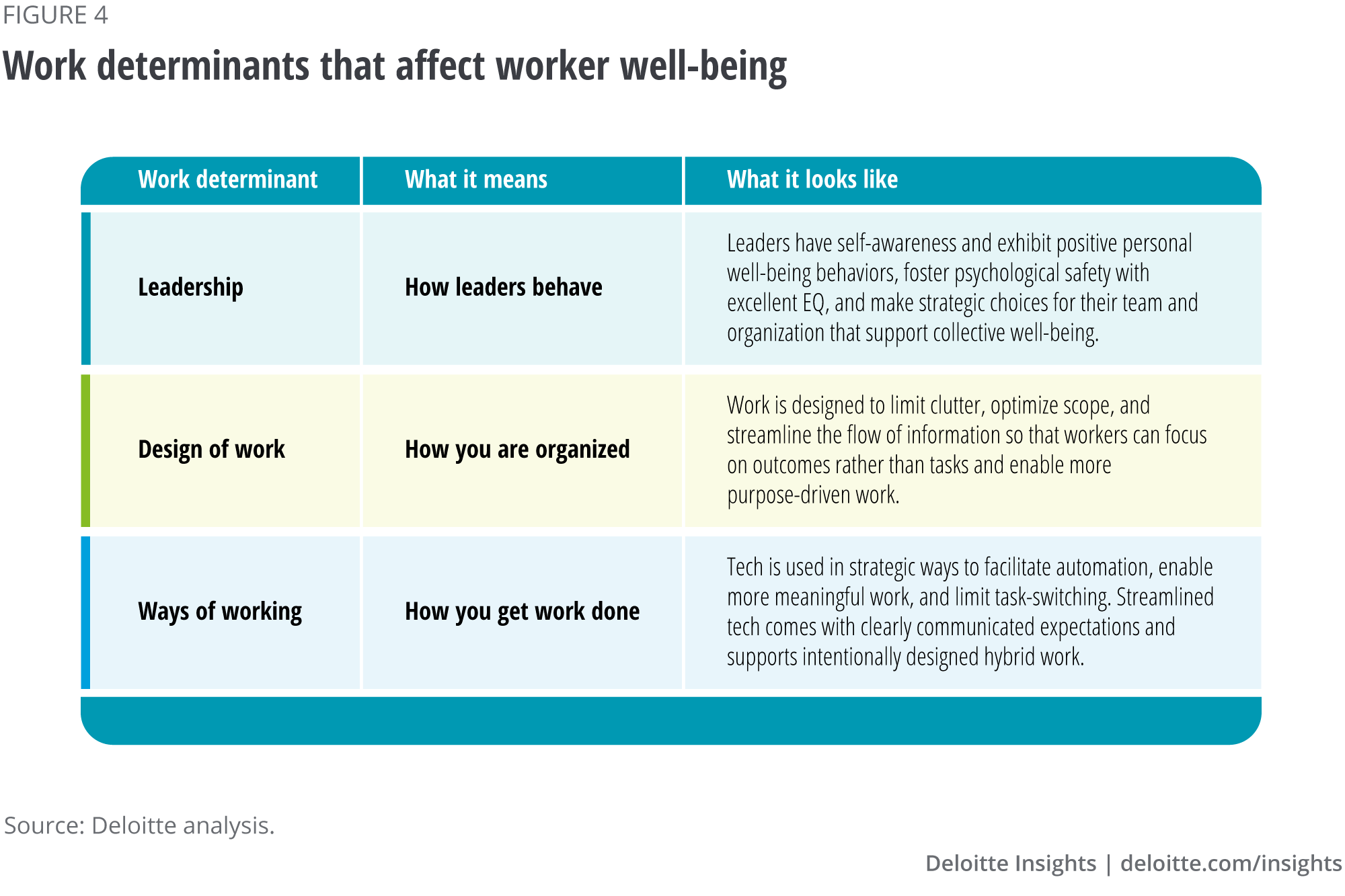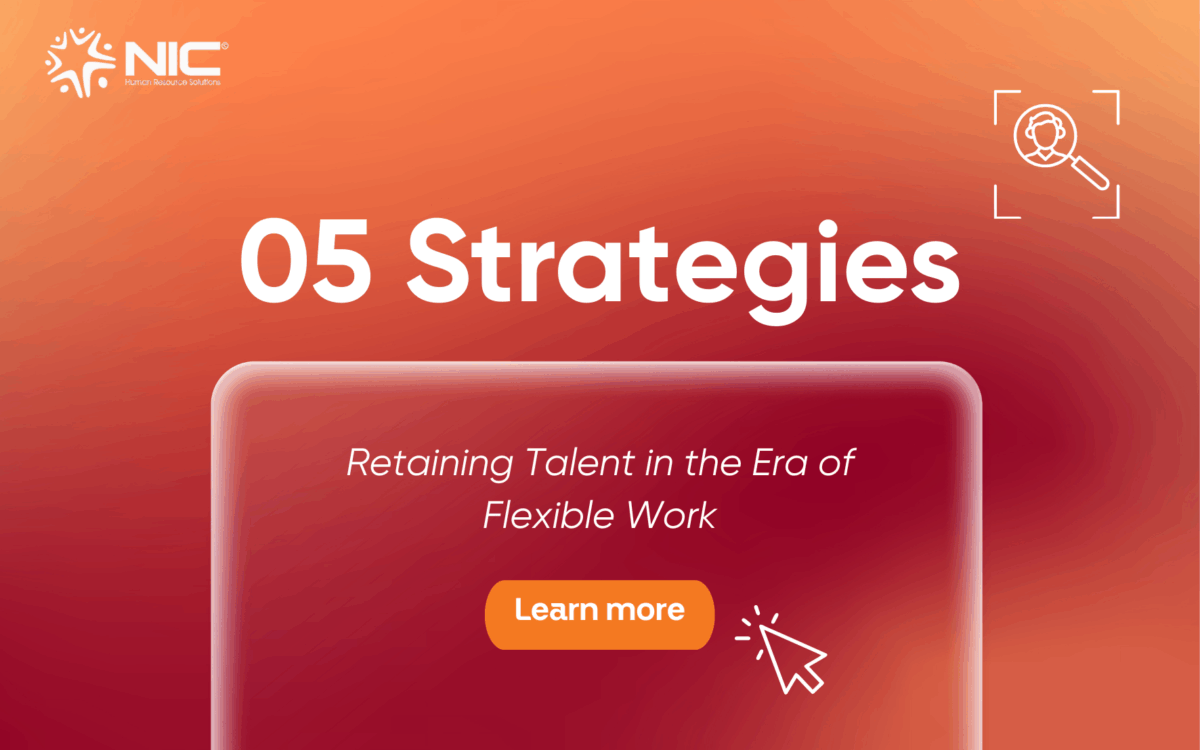Unlocking Productivity Through Employee Engagement and
Well-Being: A Strategic Approach
24/10/2024
Amidst the rapidly evolving business landscape, the profound connection between employee engagement, well-being, and productivity has become a cornerstone of organizational success. Modern companies now realize that to foster sustainable growth, it’s not enough to simply maintain workforce productivity. Instead, the focus must shift towards nurturing a culture that prioritizes the well-being of employees, thereby unlocking their full potential. By understanding and leveraging this critical link, organizations can drive performance while ensuring their workforce remains healthy, motivated, and engaged. Engagement and Well-Being.

The Correlation Between Employee Engagement and Productivity
Employee engagement is more than just a measure of satisfaction—it’s a powerful driver of productivity and overall business success. When employees are engaged, they are emotionally invested in their work, leading to higher productivity, creativity, and innovation. Research consistently shows that organizations with high employee engagement outperform their peers in terms of profitability, customer satisfaction, and retention rates.
A study published by Time Doctor highlights that engaged employees perform better and are also more committed to their roles, leading to decreased absenteeism and turnover. This is because engaged employees are more likely to feel a sense of ownership and pride in their work, which in turn motivates them to go above and beyond their basic job responsibilities. Engagement and Well-Being.

The Vital Role of Well-Being in Sustaining Engagement
Employee well-being is a multifaceted concept that includes physical, mental, emotional, and social health. It’s increasingly recognized as a fundamental component of employee engagement. When employees feel that their well-being is supported, they are more likely to be engaged, productive, and loyal to their employer. Employee Engagement and Well-Being.
Corporate Wellness Magazine emphasizes the importance of well-being as a driver of productivity. For example, organizations that invest in comprehensive wellness programs see a significant reduction in absenteeism and healthcare costs and an increase in job satisfaction and employee retention. Furthermore, the well-being of employees directly impacts their engagement levels—when employees are healthy and balanced, they are more focused, energetic, and capable of contributing meaningfully to their organization.




Best Practices for Building a Positive Work Culture
Creating a culture that promotes employee engagement and well-being requires deliberate and strategic actions. Here are some best practices that organizations can adopt to foster a positive work environment: Engagement and Well-Being.
Implement Comprehensive Wellness Programs:
- Develop wellness initiatives that address all aspects of employee well-being—physical, mental, and emotional. This could include providing access to fitness programs, mental health resources, and stress management workshops. Such programs have been shown to not only improve health outcomes but also enhance job satisfaction and reduce burnout. Engagement and Well-Being.
Promote Work-Life Balance:
- Encouraging a healthy work-life balance is crucial for sustaining employee engagement. Companies can support this by offering flexible work arrangements, ensuring reasonable workloads, and providing resources to help employees manage personal responsibilities. As noted by Deloitte Insights, systemic changes that go beyond HR policies are necessary to support long-term well-being and productivity truly. Engagement and Well-Being.
Foster Open Communication:
- A workplace where open communication is encouraged can significantly enhance employee engagement. Regular check-ins, feedback mechanisms, and transparent communication channels help employees feel valued and heard, which is critical for maintaining high levels of engagement. This practice also allows employers to identify and address potential issues before they escalate
Recognize and Reward Achievements:
- Recognition is a powerful motivator. When employees feel that their efforts are recognized and appreciated, their engagement and productivity are likely to increase. Organizations should implement formal recognition programs that acknowledge both individual and team accomplishments, whether through bonuses, awards, or public recognition. Engagement and Well-Being.
Create a Supportive Work Environment:
- The physical and cultural environment of the workplace plays a significant role in employee well-being. Organizations should ensure that their workspaces are ergonomically designed, well-lit, and conducive to collaboration and focused work. Additionally, fostering a culture of inclusivity, teamwork, and psychological safety can further enhance employee engagement and well-being
Conclusion
Investing in employee engagement and well-being is not just a moral imperative; it’s a strategic business decision that can benefit employees and the organization significantly. By fostering a culture that prioritizes well-being and engagement, companies can unlock higher levels of productivity, reduce costs associated with turnover and absenteeism, and build a more resilient, motivated workforce. As the business landscape continues to evolve, the importance of these factors will only grow, making it essential for organizations to stay ahead of the curve by adopting the abovementioned strategies. Engagement and Well-Being.
For contact and support:
Facebook: NIC Global – Human Resource Solutions
Linkedin: NIC Global Sourcing JSC
Website: www.nicvn.com
Email: info@nicvn.com
Hotline: 0981.23.43.76
Address:
- Hanoi Office: No. 3A Thi Sach, Pham Dinh Ho Ward, Hai Ba Trung District, Hanoi, Vietnam
- Ho Chi Minh City Office: Dakao Center Building, 35 Mac Dinh Chi, District 1, Ho Chi Minh City, Vietnam
See more:
Payroll service
Staffing service
EOR service





